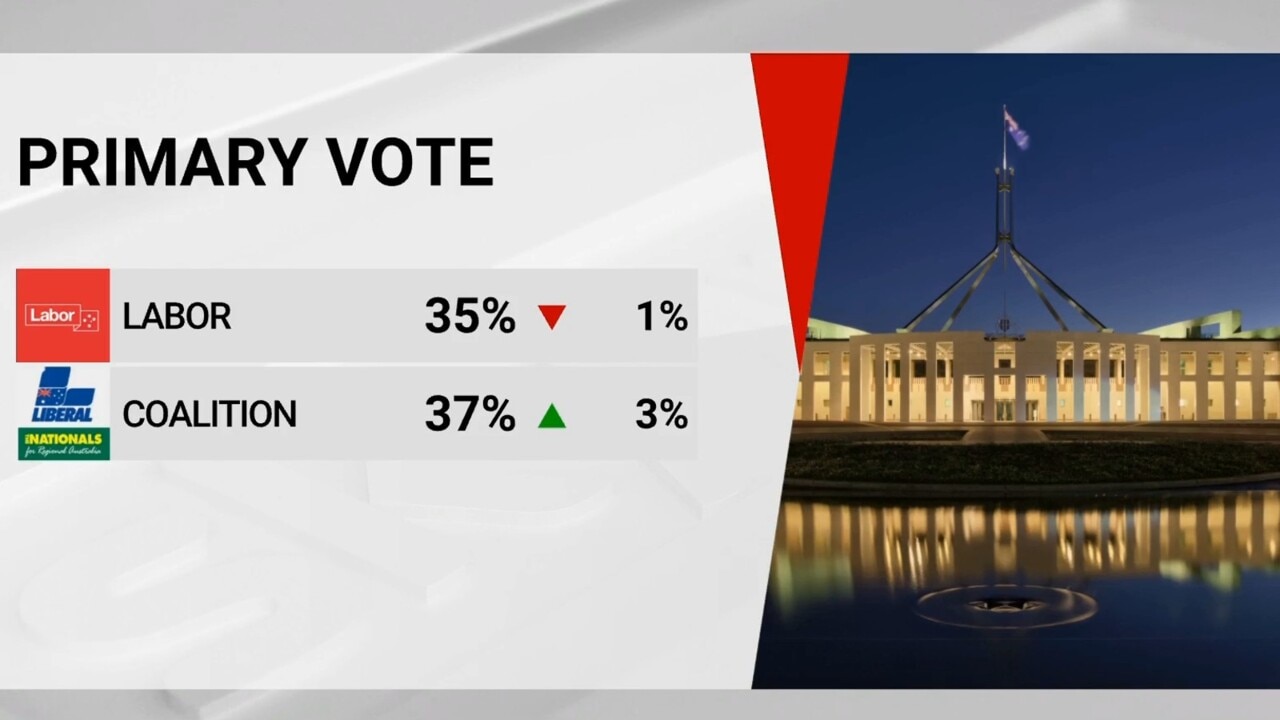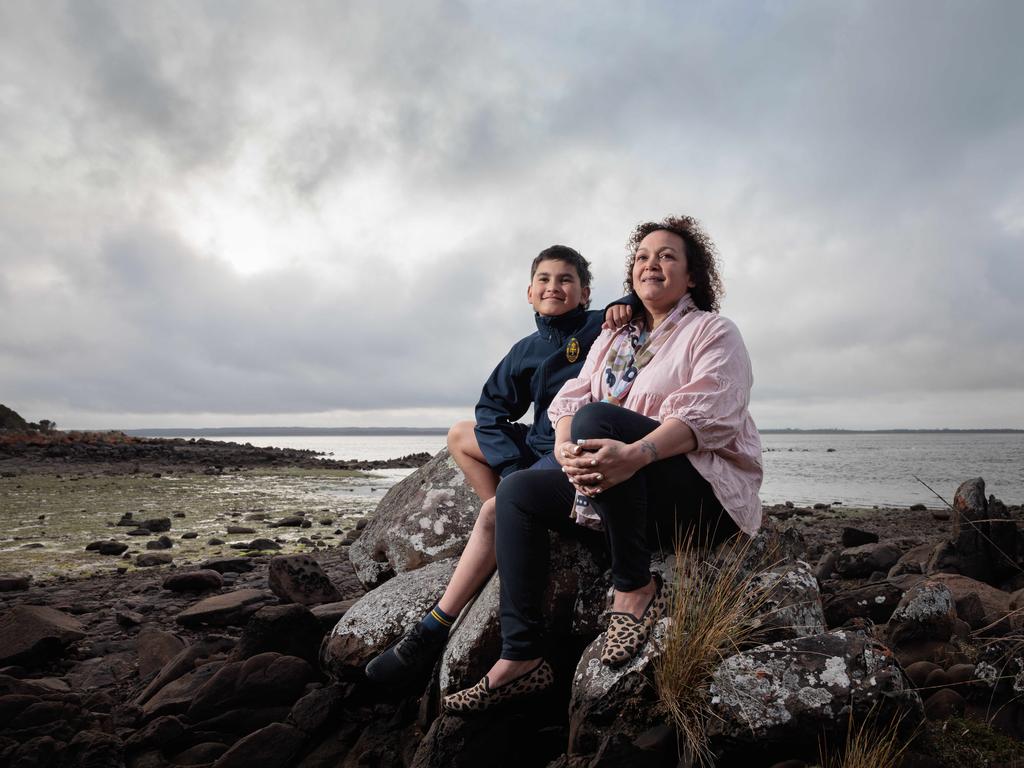
Anthony Albanese can no longer take comfort in the Yes campaign’s ability to win over undecided voters. Even if it did, it appears this won’t be enough. It now also has to convince a significant number of voters to change their minds.
There are only six weeks to make up significant ground as support for the voice referendum continues to retreat. Something remarkable is going to have to happen, if it’s not already too late.
Broader political consequences are also becoming apparent. Labor for the first time has begun to show signs of electoral harm. As has the Prime Minister personally. This is playing out in the primary-vote contest. The Coalition now leads Labor by two points. It is the first time it has been ahead since the election. Only four months ago, Labor enjoyed a six-point lead.
This is significant, considering the broader state of the Liberal Party’s low support until now and Peter Dutton’s unpopularity. The Prime Minister’s approval ratings have also dipped into negative territory, just, in another post-election first, after a drift downwards since the start of the year.

While Labor is still polling ahead of its election result – and despite the latest numbers, Labor still enjoys a strong two-party-preferred lead – the reversal of the primary-vote dynamic will send a dose of reality through the Labor caucus. It has lost ground to the left and is facing the potential for a backlash from the middle.
Whether it is the voice, or the perception that the government is distracted from bread-and-butter economic issues, Albanese’s and the Labor government’s political dominance is being challenged.
The Coalition and the Greens are the major beneficiaries. The latest Newspoll will re-enforce the Liberal leader’s approach and offer the Greens no reason to change their strategy of playing hardball with Labor over key legislation on housing and resources tax.
The Liberal-Nationals vote at 37 per cent, its highest since the election, is still a long way from what the Coalition needs to be back in the game and Dutton’s numbers are still low. But considering the opposition was at 31 per cent this time last year the movement is in the wrong direction for the government.

What will trouble Labor strategists is the change over the past six weeks among 35 to 49-year-olds and their disposition toward the voice. With the Yes vote winning out marginally over the No until now, sentiment has shifted strongly the other way. This is a demographic focused on cost-of-living issues. And nothing gets up politically if you can’t convince them.
They won Scott Morrison the 2019 election, lost him the next.
While the No vote remains strongest in the regions, metropolitan voters are now also for the first time more inclined to vote No.
A deep partisan divide now exists, set against a renewed disconnection between the progressive movement and middle Australia.
Support for the voice is down across the board. In February, 56 per cent were in favour, 37 per cent against. These numbers have in the space of six months virtually reversed. Even those most strongly in favour, 18 to 34-year-olds, have drifted.
The only shift in favour of the voice has been among female voters and those aged over 65 – but the older demographic was already a lost cause. The No vote leads among all age groups now other than the young.
There is evidence also of a cooling off in the electoral honeymoon Albanese has enjoyed during the first half of his first term in office.
The challenge for the government over the next six weeks is to convince middle Australia that it is focused on its concerns.








The political damage has begun.